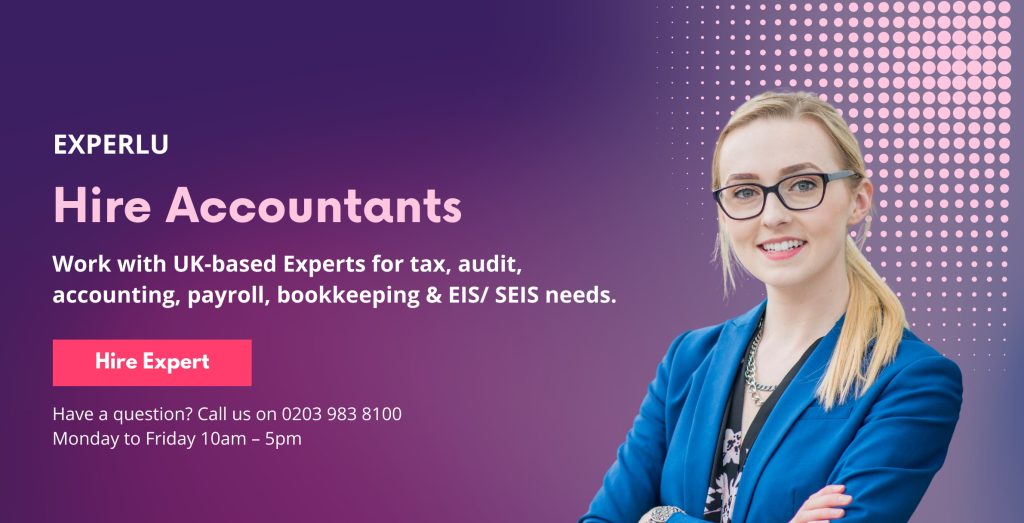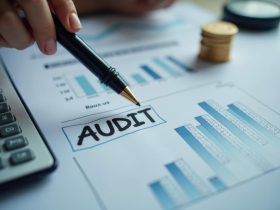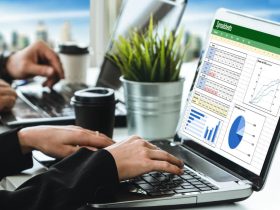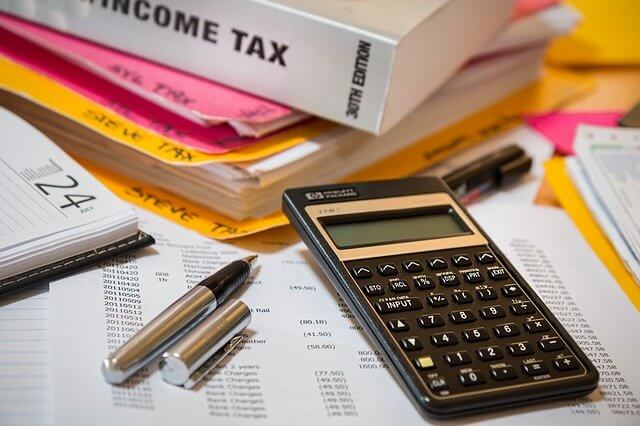In the last few months, accountants have been advising their directors or shareholder clients to pay themselves a low salary at or near the £12,570 personal allowance (or £9,100 employer NI threshold), and taking out the remaining funds as dividends is the most tax-efficient way to extract profit from their family business.
In this blog post, we attempt to analyse whether withdrawing a minimum salary and rest as dividends is still the best option.
Table of Content
Salary vs dividends
In 2023, limited company business profits up to £50,000 are taxed at 19%, profits between £50,000 and £250,000 are subject to an effective 26.5% corporate taxation rate and profits exceeding £250,000 are taxed at 25%.

Likewise, the dividend allowance is reduced to £1,000, dividend tax rates are increased by 1.25%, and the employee NIC threshold is aligned to the Personal allowance.
With these changes taking place now, it is best to revisit your profit extraction strategies to see if they are still the most optimised ones.
Here we attempt to analyse this with scenarios at £50,000 business profits and £100,000 business profits.
Business profits: £50,000
| Scenario 1 | Scenario 2 | Scenario 3 | |
| Salary capped at Personal allowance, rest as dividends | Full salary, No dividends | Salary capped at Employer NI threshold, rest as dividends | |
| Business profits | 50,000 | 50,000 | 50,000 |
| Corporate tax | 7,021 | – | 7,771 |
| Dividend tax | 2,531 | – | 2,507 |
| Employer NIC | 479 | 4,960 | – |
| Employee NIC | – | 3,896 | – |
| PAYE | – | 6,494 | – |
| Total taxes and NI | 10,031 | 15,350 | 10,278 |
| Effective tax % | 20.06% | 30.70% | 20.56% |
The three scenarios outline different approaches to structuring remuneration, each affecting the overall tax liability and the effective tax rate. Let’s analyse each scenario:
Scenario 1: Salary capped at Personal allowance, rest as dividends
- Total taxes and NI: £10,031
- Effective tax rate: 20.06%
This scenario shows a relatively lower effective tax rate. It is the most tax-efficient strategy, especially considering using dividends after the personal allowance.
Scenario 2: Full salary, No dividends
- Total taxes and NI: £15,350
- Effective tax rate: 30.70%
While paying the full amount as salary ensures compliance with tax regulations, the higher effective tax rate suggests that this approach may not be the most tax-efficient. Companies might consider a combination of salary and dividends to optimise their tax position.
Scenario 3: Salary capped at Employer NIC threshold, rest as dividends
- Total taxes and NI: £10,276
- Effective tax rate: 20.56%
This scenario is still better than the previous one but doesn’t beat scenario 1.
Business profits: £100,000
Let’s do the same analysis as above when the profits are £100,000.
| Scenario A | Scenario B | Scenario C | |
| Salary capped at Personal allowance, rest as dividends | Full salary, No dividends | Salary capped at Employer NI threshold, rest asdividends | |
| Business profits | 100,000 | 100,000 | 100,000 |
| Corporate tax | 19,292 | – | 20,339 |
| Dividend tax | 13,322 | – | 13,131 |
| Employer NI | 479 | 11,023 | – |
| Employee NIC | – | 5,298 | – |
| PAYE | – | 23,023 | – |
| Total taxes and NI | 33,093 | 39,344 | 33,470 |
| Effective tax % | 33.09% | 39.34% | 33.47% |
Scenario A: Salary capped at Personal allowance, rest as dividends
- Total Taxes and NI: £33,093
- Effective Tax %: 33.09%
Likewise, Scenario 1 above, it reflects a balanced approach, taking advantage of the personal allowance and utilising dividends efficiently. The effective tax rate is the lowest, making it a clear winner.
Scenario B: Full salary, No dividends
- Total Taxes and NI: £39,344
- Effective Tax %: 39.34%
Opting for a full salary results in higher total taxes and a higher effective tax rate. This scenario may not be the most tax-efficient strategy.
- Total Taxes and NI: £33,470
- Effective Tax %: 33.47%
This scenario strikes a balance between salary and dividends, focusing on the Employer NI threshold. The effective tax rate is moderate, making it a reasonable option.
Balanced Approach (Scenario A and C): Opt for a mix of salary and dividends to maximise tax efficiency. Scenario A, with a personal allowance cap, seems slightly more favourable due to a lower effective tax percentage.
Avoid Full Salary (Scenario B): Scenario B, with a full salary and no dividends, results in higher taxes and is less tax-efficient.
Other factors to consider
Consider these factors and the above when determining the best way to withdraw business profits.
1. Consider Individual Circumstances: The choice between salary and dividends should align with the financial needs and circumstances of the individual stakeholders.
2. Diversify Income Streams: Combining salary and dividends can optimise tax efficiency. A well-balanced remuneration strategy may result in a lower effective tax rate.
3. Stay Compliant: Ensure the chosen remuneration strategy complies with tax regulations and employment laws.
4. Consult a Tax Professional: Given the complexity of tax regulations, seeking advice from a tax professional is crucial. They can provide personalised guidance based on the specific situation of the business and its stakeholders.
Ultimately, the most suitable scenario depends on the unique circumstances of the business owners, their financial goals, and the company’s long-term strategy.
Other options include the company contributing more to your pensions or offering you a corporate electric car. Both of these might be tax-efficient and good for you.
There are many things to consider, such as the earnings you must extract from the business to survive.
Consider consulting with a tax professional for personalised advice based on individual circumstances and regulatory changes.
Year-end tax planning ideas for your business
As we have previously stated, it is usually a good idea to have a planning meeting with experts a couple of months before the end of your company so that they can advise you on how to minimise your taxable gains. Apart from considering a bonus pay to yourself, you must also think about the following ideas:
Accelerating equipment purchases to benefit from the 100% annual investment allowance (AIA), which is available for purchases of both new and used equipment up to £1 million annually;
The majority of new equipment is eligible for limitless “full expensing” relief for limited companies;
If you purchase equipment on hire purchase, make sure you utilise it at the end of the year to receive tax savings on the entire purchase price and
Increasing pension payment contributions and utilising the recently introduced £60,000 annual input allowance.

Wrapping up
Paying dividends and drawing a salary equal to the personal allowance is still the most optimum solution from a tax perspective. However, the benefits are diminishing as the business profits soar. We created three scenarios at business profit levels of £50,000 and £100,000.
The winner is the salary at the personal allowance level, currently £12,570, and the rest as dividends.











